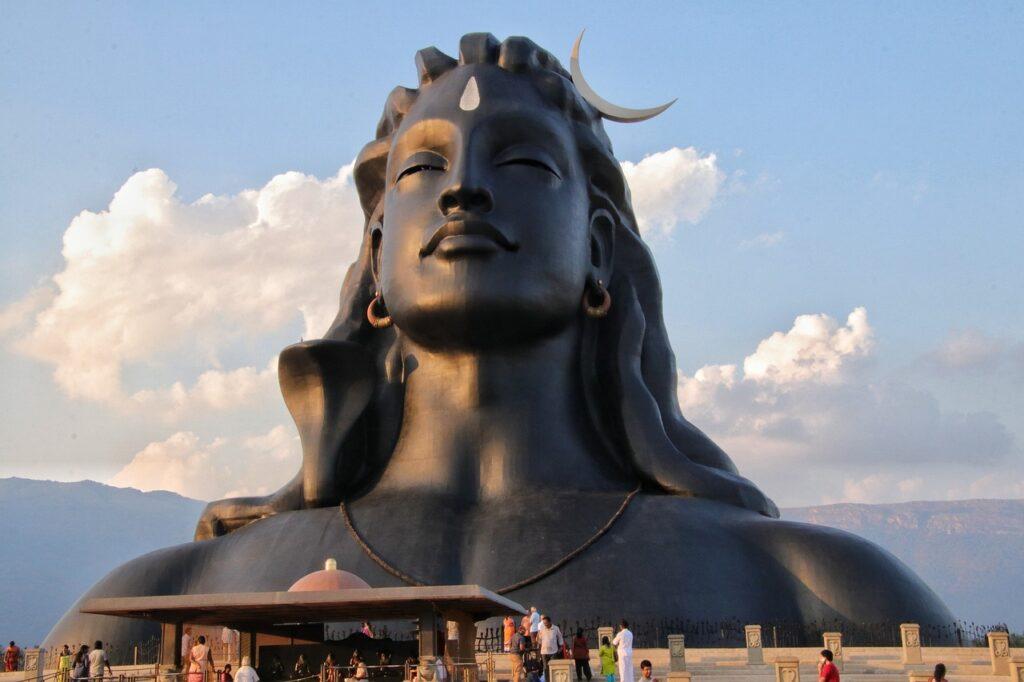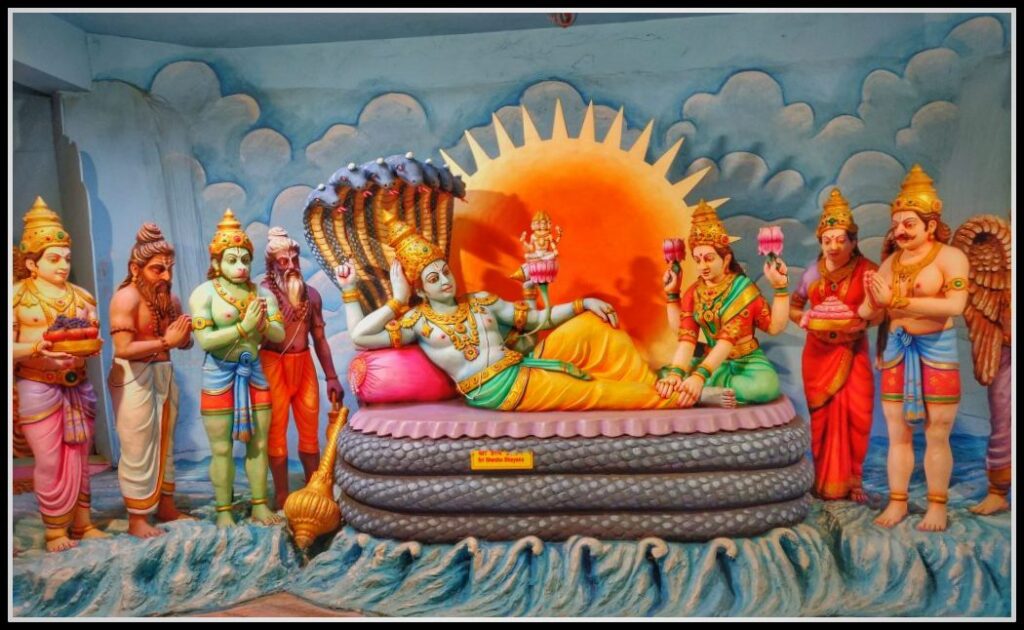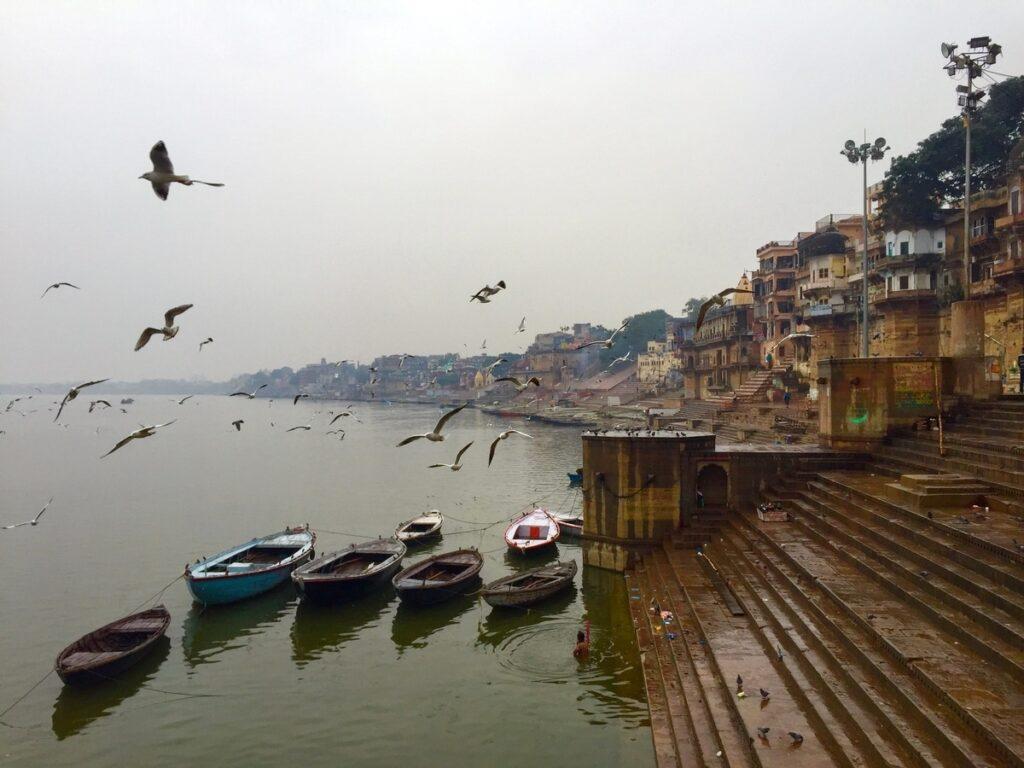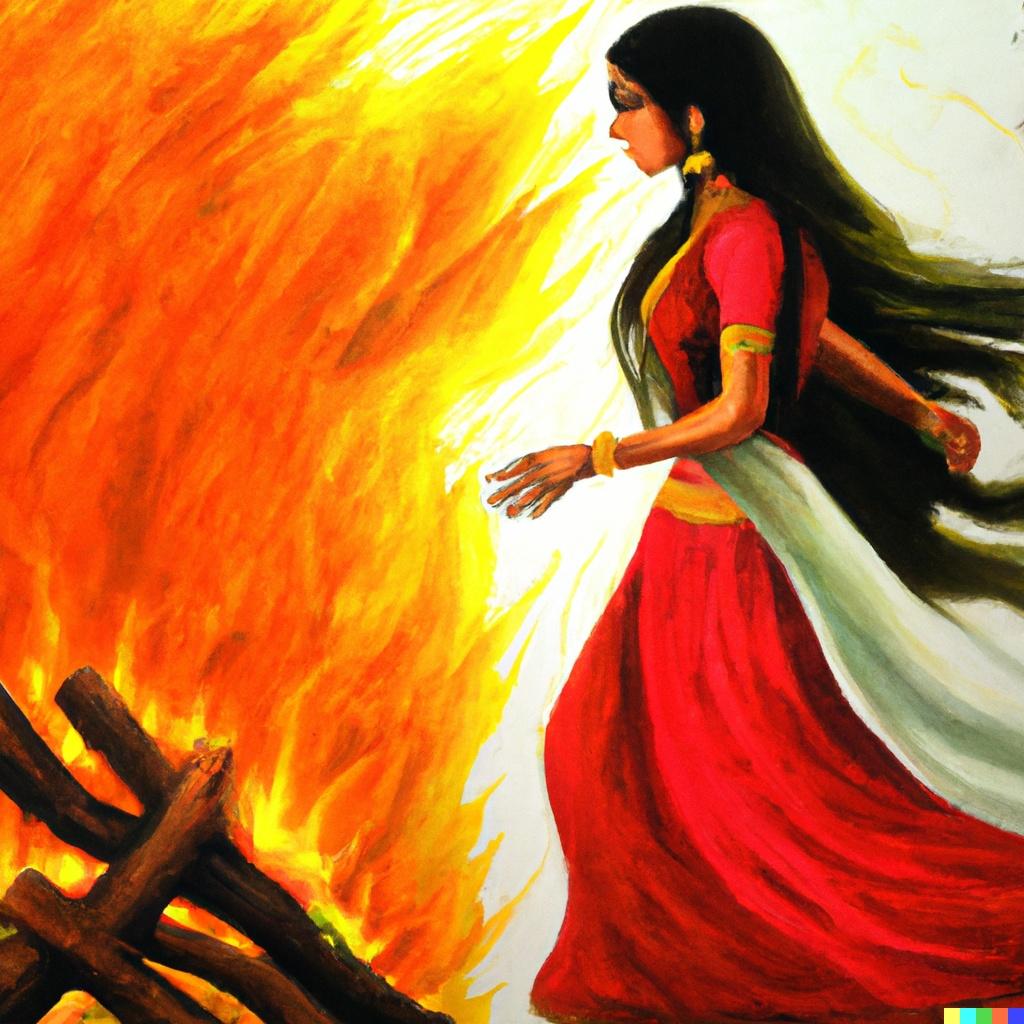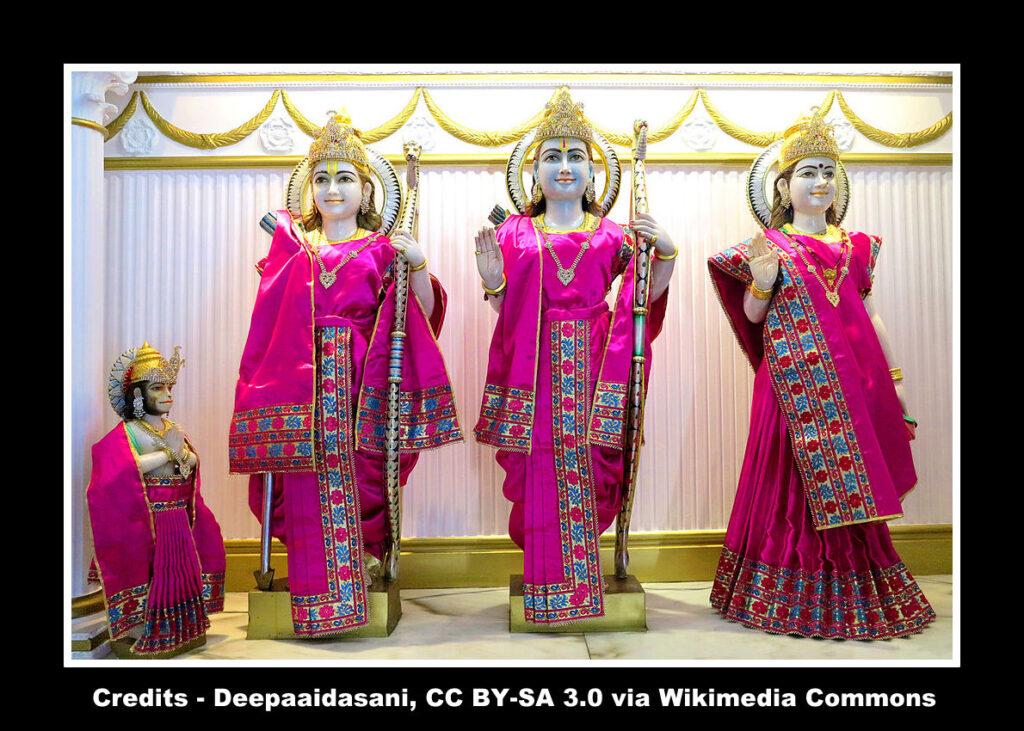
There exist various manifestations of the Supreme Lord, as described in the scriptures. According to the sacred texts, Garuda (the divine carrier of Lord Vishnu), Lord Shiva, and Ananta are all potent incarnations representing the Brahman aspect of the Lord. Garuda Panchami is a significant festival observed to commemorate the birth of Garuda, a devoted celestial bird who bears Lord Vishnu. This auspicious occasion is celebrated on the fifth day of the waxing moon in the month of Shravana. Garuda, known by various names such as Pakshiraja, Suparna, and Vishnuvahana, holds a special place in the hearts of devotees. His annual celebration on Garuda Panchami involves elaborate rituals and offerings as a mark of reverence.
Garuda, known as the son of Vinata (also called Suparna) and her husband Kasyapa, serves as the divine carrier of Lord Vishnu. He is also the sibling of Aruna, the charioteer of the sun-god. Kasyapa, who is the offspring of Marici, is a prajapati and holds the esteemed position of being one of the sons-in-law of Prajapati Daksa. Lord Garuda, as the carrier of Lord Vishnu, commands immense reverence, as he possesses power akin to the Supreme Lord Himself. He embodies the essence of the Vedas and is adored through sacred verses. In the Bhagavad-gita, Lord Krishna himself declares, “Among the birds, I am Garuda” (vainateyash ca pakshinam). Garuda continually bears the weight of Lord Vishnu on his mighty wings, earning him the exalted title of the supreme celestial carrier.


